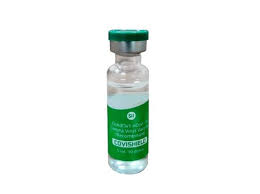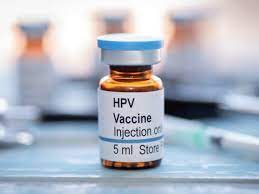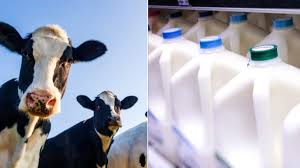A groundbreaking study from the University of Oxford, in collaboration with the Serum Institute of India, introduces an innovative method for detecting falsified COVID-19 vaccines without needing to open the vaccine vial. This cutting-edge technique, which analyzes the vaccine vial label and its adhesive, allows vaccines to remain intact in the supply chain.
Published in npj Vaccines, the research marks a significant advancement in the fight against counterfeit medicines, a growing issue worldwide. According to the World Health Organization (WHO), around 10.5% of medicines in low and middle-income countries are substandard or falsified, posing serious health risks.
Although most COVID-19 vaccines have been genuine and effective, counterfeit vaccines have made their way into global supply chains. Instances of fake COVISHIELD vaccines have been reported in Uganda, India, and Myanmar, where even the labels were falsified.
The research team, part of the Vaccine Identity Evaluation (VIE) Collaboration, utilized MALDI-ToF mass spectrometers, widely available in hospitals globally for bacterial identification, to examine the authenticity of vaccine vial labels and liquids. This new method is the first to demonstrate that analyzing spectra from both the vaccine vial label and adhesive can identify counterfeit vaccines. The technique can also distinguish between authentic vaccine liquids and common falsified surrogates, such as amikacin, which was used in counterfeit COVISHIELD vaccines.
“This approach provides a simple and accessible method for local screening of vaccine labels and liquids for authenticity,” said Professor Paul Newton, leader of the VIE team at the University of Oxford. “Although implementation in supply chains would require access to reference libraries, such libraries already exist for bacteria.”
Dr. Bevin Gangadharan, a co-leader of the study, explained that the label analysis involves extracting a small piece of the label’s adhesive and analyzing it with a solvent. For the vaccine liquid, even if criminals use the same ingredients, the spectral profile of the excipient acts as an internal marker for authenticity, making it easy to detect fakes.
The team has ensured the method’s accessibility worldwide by developing it for two widely-used MALDI-ToF mass spectrometers—the bioMérieux VITEK MS and the Bruker Sirius. These devices are available in nearly every country, ensuring that the technique can be utilized even in resource-limited settings.
This timely innovation comes at a critical moment as the global reliance on vaccines increases and the threat of counterfeit products escalates. “This method addresses a crucial global health need,” said Professor James McCullagh, another co-leader of the study.
For further details, see the original study published in npj Vaccines: Benediktus Yohan Arman et al, “Identifying falsified COVID-19 vaccines by analysing vaccine vial label and excipient profiles using MALDI-ToF mass spectrometry,” DOI: 10.1038/s41541-024-01051-3.
Disclaimer: This article is based on findings from the study titled “Identifying falsified COVID-19 vaccines by analysing vaccine vial label and excipient profiles using MALDI-ToF mass spectrometry,” published in npj Vaccines in 2025. The results and methods described are for informational purposes only and should not be construed as professional medical advice. Always consult with a healthcare professional for medical concerns.












